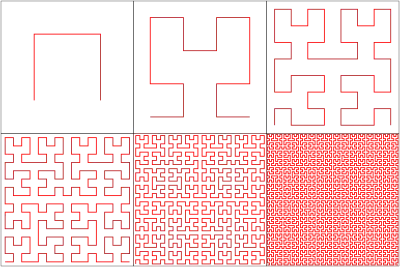Because you're misunderstanding units. The first assumption you make is that a square with a side of $1$ has an area of $1$ - that assumption is incorrect.
A square with a side of $1000$ $m$ / $1$ $km$ / $0.001$ $Mm$ has an area of $1$ $km^2$, $1000000$ $m^2$, or $0.000001$ $Mm^2$ (square-Mega-meters), depending on how you chose to present it. It's all about presentation, not mathematical properties.
What you need to intuitively understand is that by doubling the length of the side of a square, you get 4 times the area. And by shrinking the side by half you shrink the area to a quarter, regardless of units.
Once you have that intuitive understanding, it will overrule your current understanding. Knowing that areas shrink "faster" than side lengths, it will be obvious that on a square with a side length of $1$ grok and an area of $1$ grikk, when you reduce the side length the area has to shrink faster than the side length - same is true for a square with a side length of $42$ gruk and an area of $42$ grakk: the area will shrink faster than the side length.
